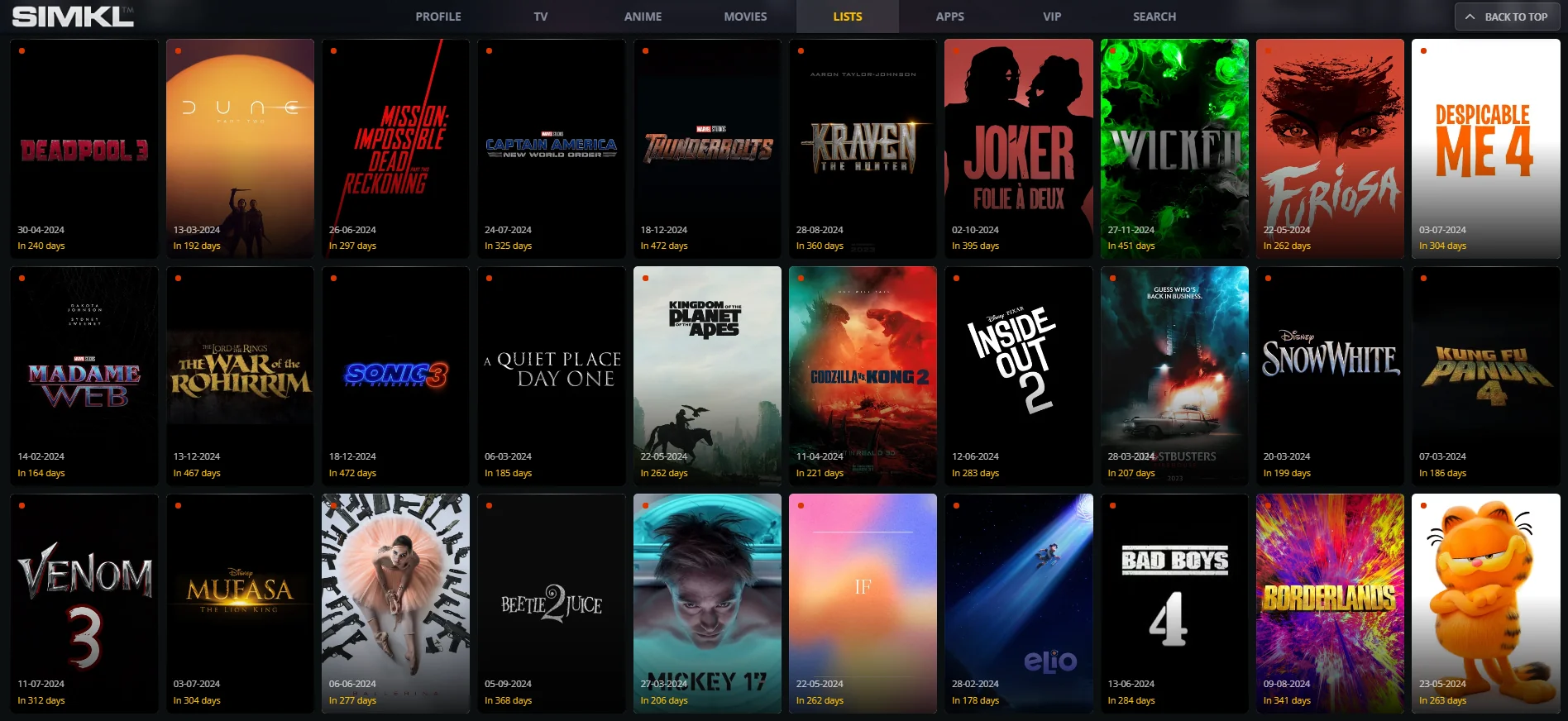The Power of Storytelling in Digital Marketing
In the crowded digital landscape, capturing and retaining your audience’s attention is more challenging than ever. One effective way to stand out is by weaving storytelling into your calls-to-action (CTAs). Storytelling not only engages but also builds trust, which is crucial for converting visitors into loyal customers. In this blog, we will explore how to use storytelling to enhance the trustworthiness of your CTAs and ultimately drive more conversions.
Why Trust Matters in CTAs
Before diving into the specifics of storytelling, it’s important to understand why trust is so vital in CTAs. Trust acts as a foundation for all successful marketing efforts. When users feel confident in your brand and its promises, they are more likely to follow through with the desired action, whether it’s making a purchase, signing up for a newsletter, or requesting more information.
Building trust through CTAs involves addressing potential concerns and demonstrating reliability. A well-crafted CTA that integrates storytelling can make your brand appear more authentic and relatable, which fosters trust and encourages action.
Crafting a Compelling Narrative
To use storytelling effectively in your CTAs, start by developing a compelling narrative that resonates with your audience. Here’s how you can craft a narrative that builds trust:
Identify Your Audience’s Pain Points
Begin by understanding the challenges and pain points of your target audience. What are their needs, concerns, and desires? By addressing these issues in your story, you make your CTA more relevant and appealing.
Create Relatable Characters
Incorporate characters into your story that reflect your audience’s experiences. This could be a customer who faced a problem similar to theirs and found a solution through your product or service. By showing that you understand their situation, you build a connection that fosters trust.
Showcase Real-Life Success Stories
Highlight real-life success stories or testimonials from customers who have benefited from your offering. Authentic stories and endorsements provide social proof and demonstrate that your product or service delivers on its promises. This can significantly boost your CTA’s credibility.
Build a Story Arc
Every effective story has a beginning, middle, and end. Start with a relatable problem or challenge, introduce your solution, and conclude with the positive outcomes. This narrative structure helps guide your audience through the CTA and makes the action you want them to take more compelling.
Integrating Storytelling into Your CTAs
With your narrative in place, it’s time to integrate it into your CTAs. Here are some practical ways to do so:
Use Engaging Language
Incorporate storytelling elements into your CTA text. Instead of a generic “Buy Now,” try something like “Join thousands of satisfied customers who transformed their lives with our solution.” This approach not only highlights the benefit but also frames it within a story of transformation.
Include Visual Elements
Visuals can enhance the storytelling experience. Use images, videos, or graphics that complement your narrative. For example, if your CTA involves a customer success story, include a video testimonial or before-and-after images to make the story more vivid and convincing.
Personalize the Experience
Personalization makes your CTA feel more relevant and trustworthy. Use data to tailor your storytelling to individual preferences and behaviors. For instance, if you know a user has previously shown interest in a specific feature, craft a CTA that highlights a story related to that feature.
Employ Emotional Triggers
Emotion plays a crucial role in storytelling. Use your narrative to evoke emotions such as empathy, excitement, or hope. For instance, a CTA that tells the story of how your product helped someone overcome a significant challenge can tap into the audience’s emotions and drive action.
Testing and Optimization
Storytelling in CTAs should be continually tested and optimized. Analyze the performance of different narratives and CTAs to see which ones resonate most with your audience. Use A/B testing to compare variations and refine your approach based on the results.
Avoiding Common Pitfalls
While storytelling can be highly effective, there are some common pitfalls to avoid:
Being Overly Complex
Keep your story simple and focused. A convoluted or lengthy narrative can detract from your CTA’s effectiveness. Aim for clarity and conciseness to ensure your message is easily understood and memorable.
Exaggerating Claims
Be honest and transparent in your storytelling. Overly exaggerated claims can erode trust and damage your brand’s reputation. Ensure that your story aligns with your actual product or service benefits.
Ignoring Audience Feedback
Pay attention to feedback and responses from your audience. If certain aspects of your story or CTA are not resonating, be prepared to make adjustments. Listening to your audience helps you refine your approach and build greater trust.
Incorporating storytelling into your calls-to-action can significantly enhance their trustworthiness and effectiveness. By crafting compelling narratives that address your audience’s pain points, showcasing real-life success stories, and using engaging language and visuals, you can create CTAs that not only capture attention but also foster trust and drive conversions.
Remember, storytelling is not a one-size-fits-all approach. Continuously test, optimize, and tailor your narratives to fit your audience’s needs and preferences. With a thoughtful and strategic approach, your CTAs can become powerful tools for building trust and achieving your marketing goals.
Frequently Asked Questions: Using Storytelling to Enhance Trustworthiness in CTAs
Storytelling in CTAs helps engage your audience and build trust by creating a relatable narrative that resonates with their experiences. It makes your CTA more compelling and memorable, encouraging users to take the desired action.
Why is trust important in CTAs?
Trust is crucial because it influences a user's decision to follow through with an action, such as making a purchase or signing up for a service. A trustworthy CTA reassures users that your brand is reliable and that the action you’re asking them to take is worthwhile.
How can I create a compelling narrative for my CTA?
To craft a compelling narrative, start by identifying your audience’s pain points. Develop characters or scenarios that reflect their experiences, showcase real-life success stories, and build a clear story arc with a beginning, middle, and end.
What are some examples of effective storytelling in CTAs?
Effective storytelling examples include using engaging language like “Join thousands of satisfied customers who transformed their lives with our solution” instead of generic phrases. Adding visual elements like images or videos that complement your story can also enhance the CTA’s effectiveness.
How can I personalize my storytelling in CTAs?
Personalize your storytelling by tailoring the narrative to individual user preferences and behaviors. Use data to highlight aspects of your product or service that are most relevant to the user, making the CTA feel more targeted and relevant.
What emotional triggers should I use in storytelling?
Use emotional triggers such as empathy, excitement, or hope. For instance, sharing a story about how your product helped someone overcome a significant challenge can evoke emotions and drive action.
How can I test and optimize my storytelling approach in CTAs?
Test different narratives and CTAs using A/B testing to see which versions resonate most with your audience. Analyze performance metrics and user feedback to refine your approach and improve the effectiveness of your CTAs.
What are some common pitfalls to avoid in storytelling for CTAs?
Avoid being overly complex or lengthy, as this can dilute your message. Ensure your claims are honest and transparent to maintain trust. Additionally, listen to audience feedback and be prepared to make adjustments based on their responses.
How can I measure the success of my storytelling in CTAs?
Measure success by tracking metrics such as click-through rates, conversion rates, and engagement levels. Analyze how well your storytelling resonates with your audience and use this data to optimize future CTAs.
Can storytelling be applied to all types of CTAs?
Yes, storytelling can be applied to various types of CTAs, including those for purchases, sign-ups, downloads, and more. The key is to tailor the narrative to fit the specific action you want users to take and ensure it aligns with your overall marketing strategy.


















